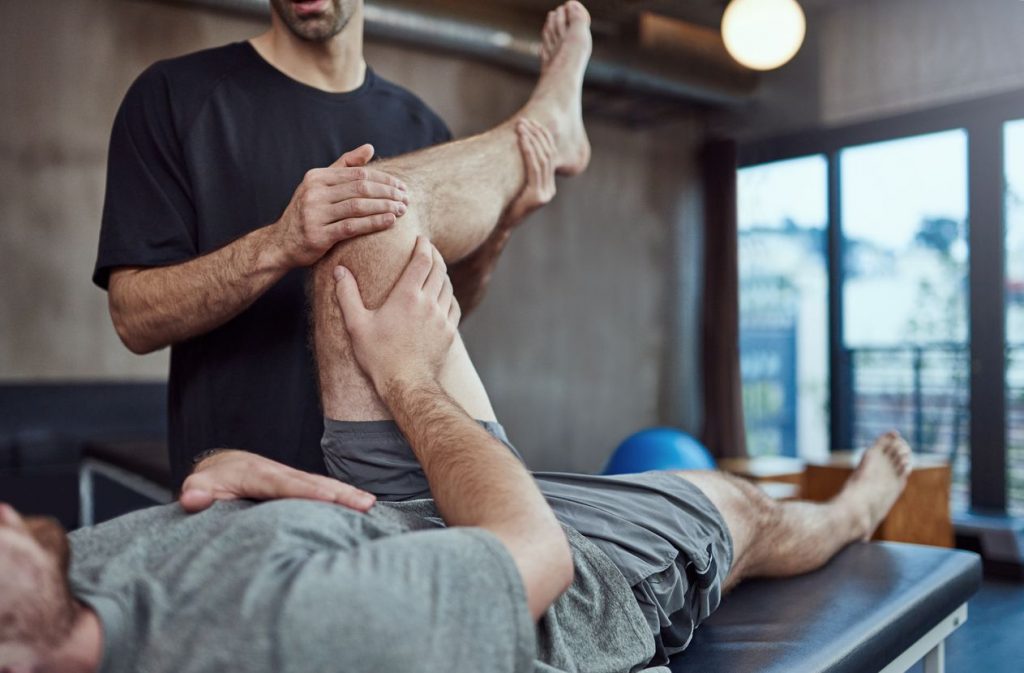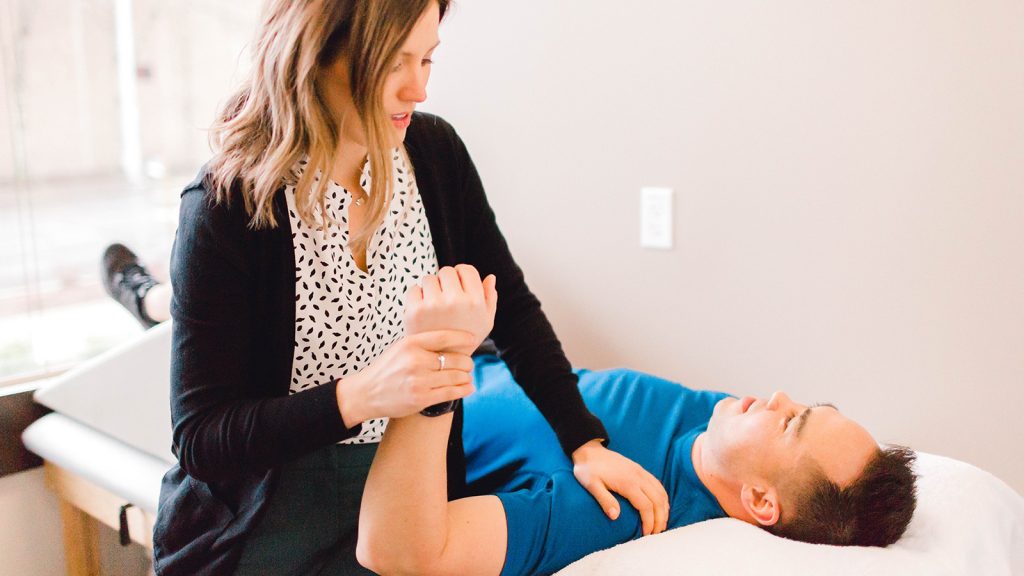
One of the first things we think of when someone mentions physical therapy or therapist is a broken elbow or leg, some severe injury in general, but that is far from how things actually are. Since technology advanced so much, medicine is also the field that underwent many changes, and today, there is a cure, medicine, and therapy for so many things that were once untreatable. With this in mind, along with the fact that seeking physical treatment in time can be more than helpful, there is no reason to hesitate if experiencing some pain. But how to determine whether it is something severe or not? Well, let’s look at some warning signs that can help in making that decision.
1. Visible changes around the injured area

Every injury is painful, and it is not an easy nor good solution to sit and wait for it to get better, but if there are some changes around the injured spot, it is probably the best decision to ask for professional help. Those changes that can occur are usually swelling or bruising around the injured area, and they are a sign that something is not right. The larger the swelling or bruising is, the more likely it is that the injury is worse, and it is not something that someone should overlook. It is always better to check with a doctor and be sure because waiting can only make the recovery time much longer. A timely response can reduce recovery time but also ease pain and movement.
2. Feeling of severe pain even after a few days
The feeling of pain around the injured area is quite normal immediately after some injury, but it can be a sign of alarm if it lasts longer than a few days. After a few days, the movement should be much easier, and the pain much more limited or non-existent. If the pain is still at the same level as immediately after the injury, then it is a sign that something is wrong and that the injury is much worse than you first thought. Combined with swelling and bruising, this can be a warning that the trauma is more severe than we thought, and then professional help is not only necessary but a must. Waiting is not something that can be helpful because severe traumas need to be treated by a specialist since, if not properly treated, it can do more harm than good. That, along with time, can be a crucial factor.
3. Painkillers do not help

Pain medications are the first thing we strive for when something hurts us, and even those who avoid it tend to use pain medication in order to ease the pain so that they can fall asleep. Pain medications can relieve various pains, from the mildest to some of the strongest ones. The problem arises when painkillers are not effective and do not reduce pain – not doing their job. In that situation, it is always better to seek professional help than to increase the dose on your own. Taking too much medication can also lead to further problems as they can be highly addictive, and that is almost always harder to treat than an injury that requires pain medication in the first place. On the other hand, if the prescribed dose is not helpful, it is unlikely to help if we increase it because if the pain is that severe, then it should be treated differently. Of course, before taking any medication, consult with the doctor and do not use it on your own.
4. Recurring conditions
No matter what one does, some injuries keep coming back, and they are almost impossible to avoid, and they often happen to those who don’t exercise enough. On the other side, we have professional athletes, who suffer from these injuries as their body is constantly under so much pressure as they frequently need to perform at the highest level. One of them is the so-called tennis elbow or ankle sprain, and these conditions usually cause chronic pain and reduced ability to move. That can be not only tough to overcome physically but pretty annoying as well. There are many people who suffer from some chronic injury and do not know how to treat it, which further impact their personal life.
That is why seeing a doctor on time to start the healing process right away is crucial, as it will reduce pain and shorten the recovery time. In these situations, it is necessary to strengthen the muscles around the joint. The easiest way to do that is with proper exercise, and there are special exercises for every injury. Going to a physiatrist can help a lot because they will precisely determine what type of training you need to do and which exercises will actually help. It is not a good idea to do the exercises you think are the best because doing so can do more harm than good in almost every situation. It is better to leave it to the professional because, in the end, your health is what’s in the first place.
5. Underperformance

In case you notice that your performance is decreasing without any reasonable explanation, going to a physical therapist to check things up should be your next move. They can check whether there is something wrong by looking at your biomechanics, and in case there is something that needs to be dealt with, they will provide a solution. Look at it this way, the job of a physical therapist can also be to search, locate, and solve the problem, and as soon as one seeks help, the sooner they will recover and at their best once again.
Summing up
Feeling any pain or any discomfort is not something to overlook or think that it will pass on its own, as even if that happens once, it doesn’t mean that everything is fine. The saying walk it off doesn’t apply here, and seeking professional help is necessary, and with so many respectable physical therapists like Family Fisio, the choice should be simple.









